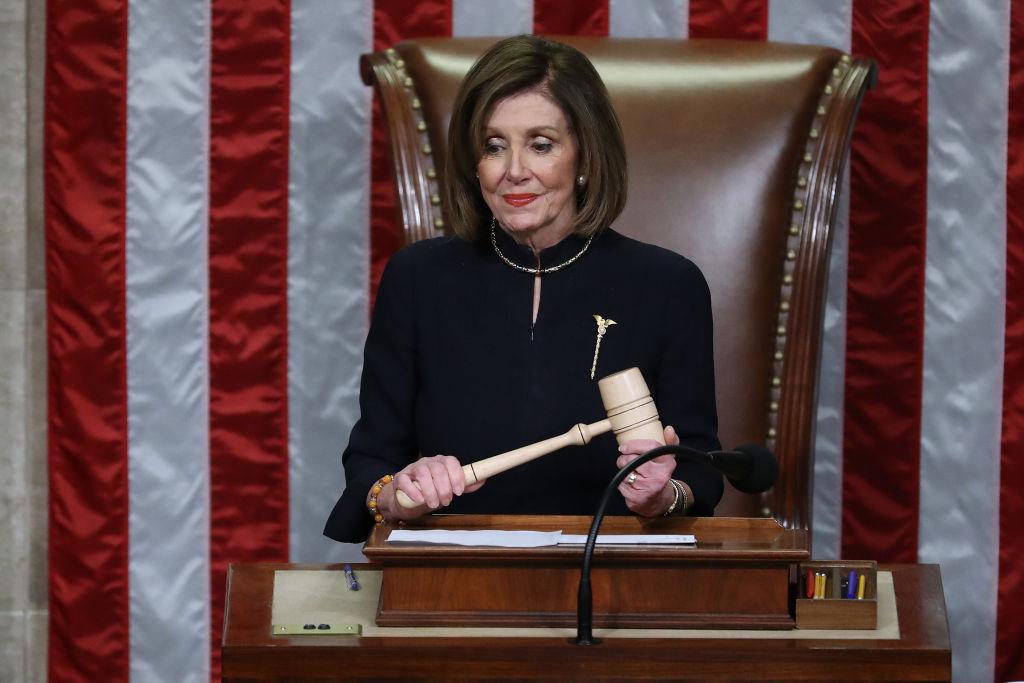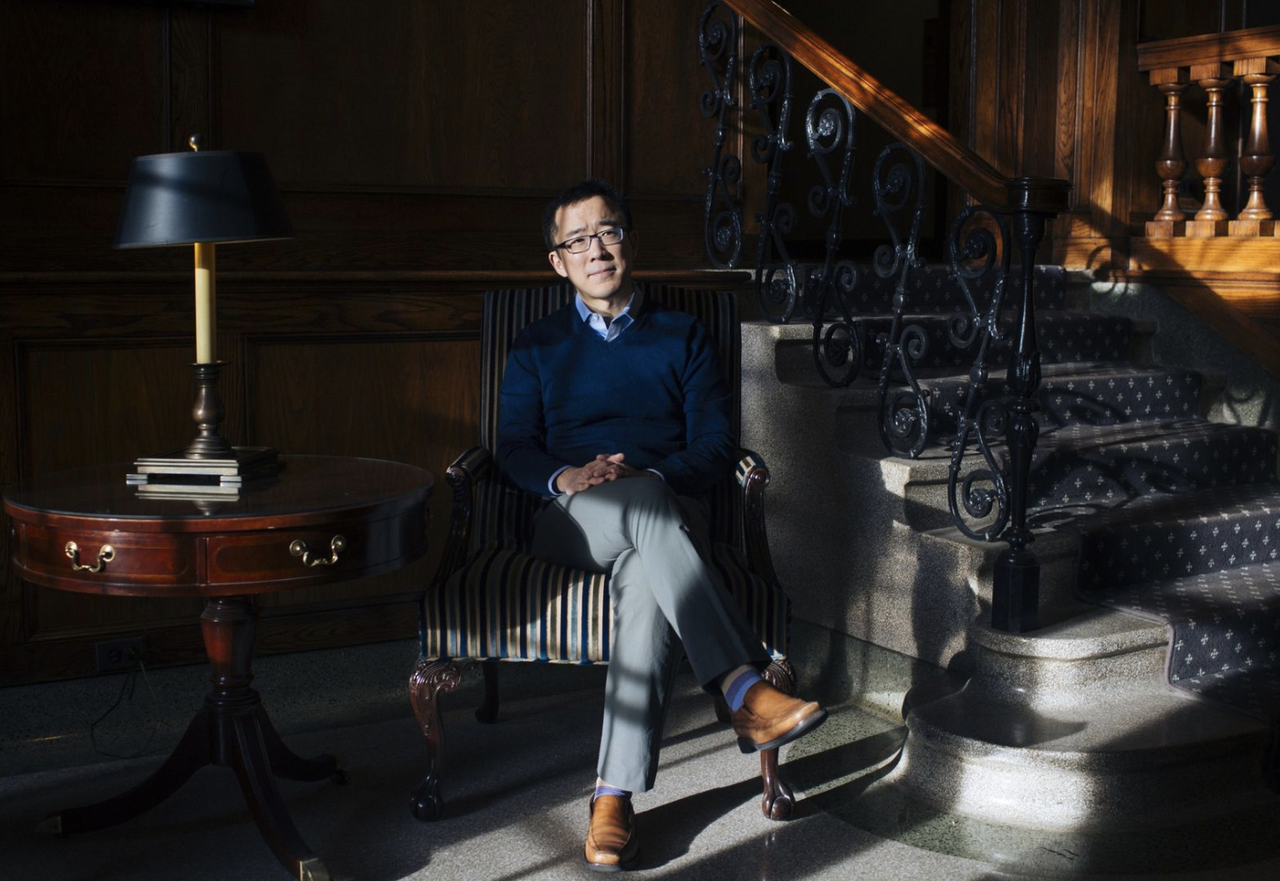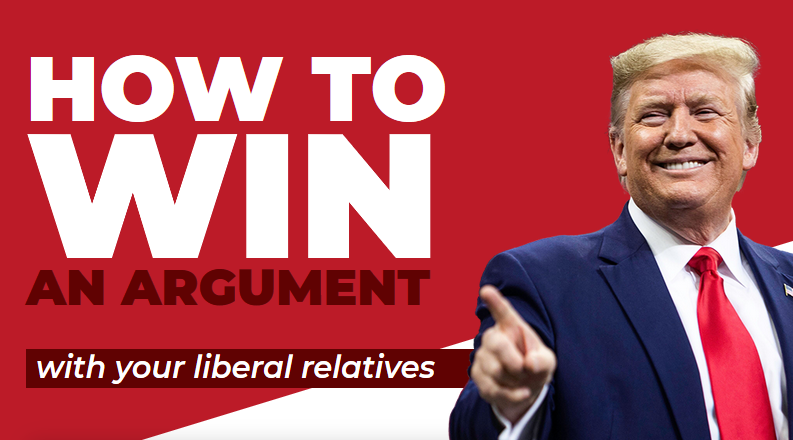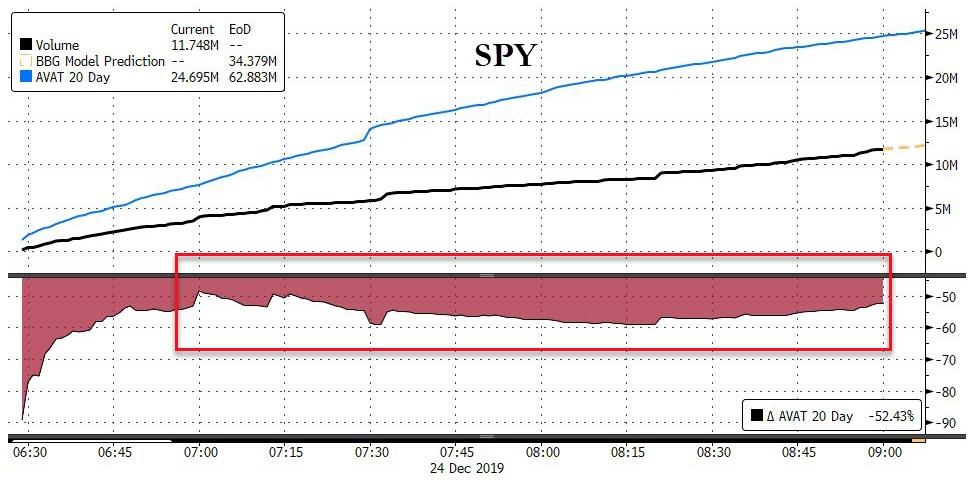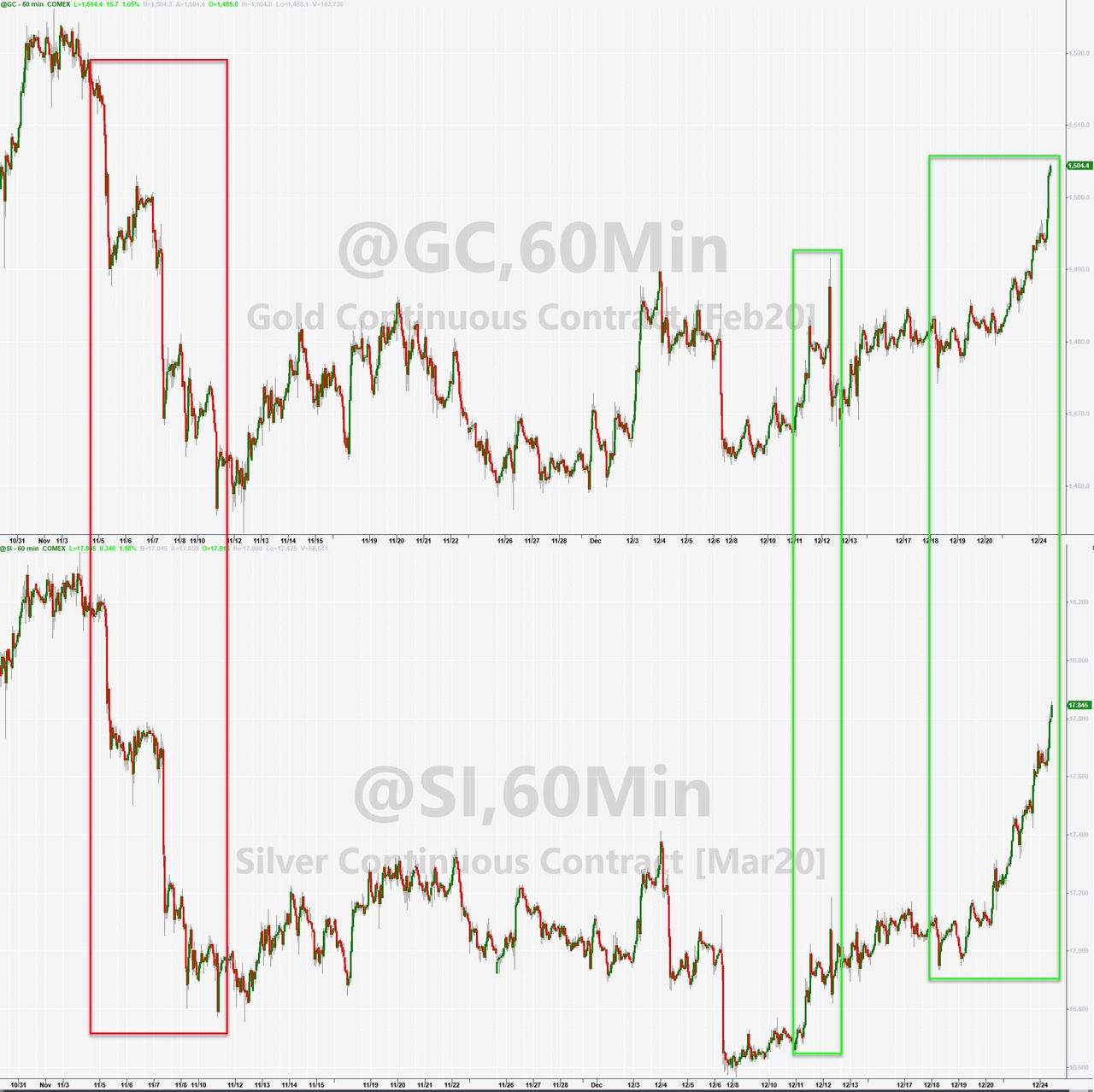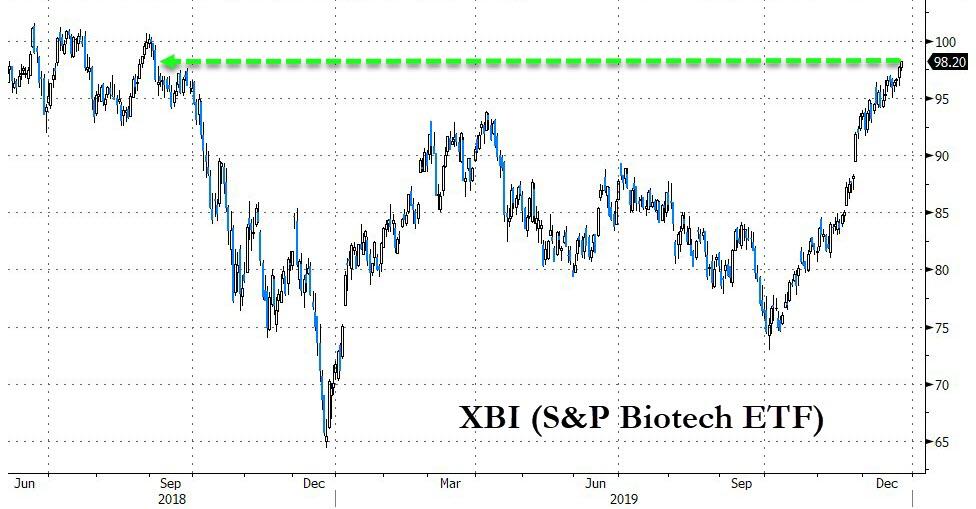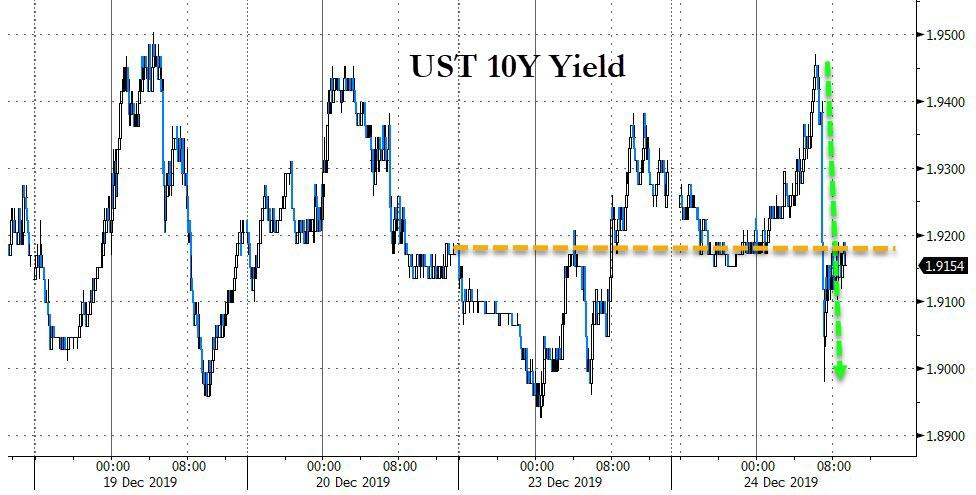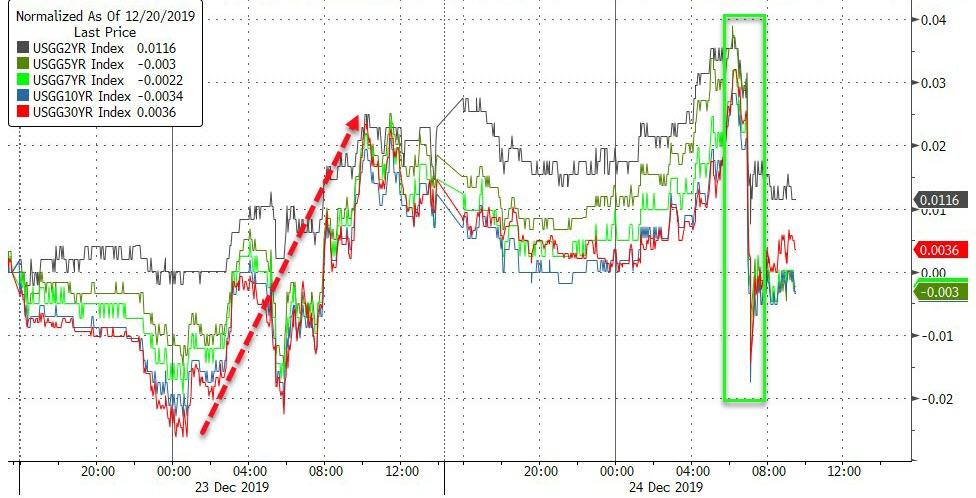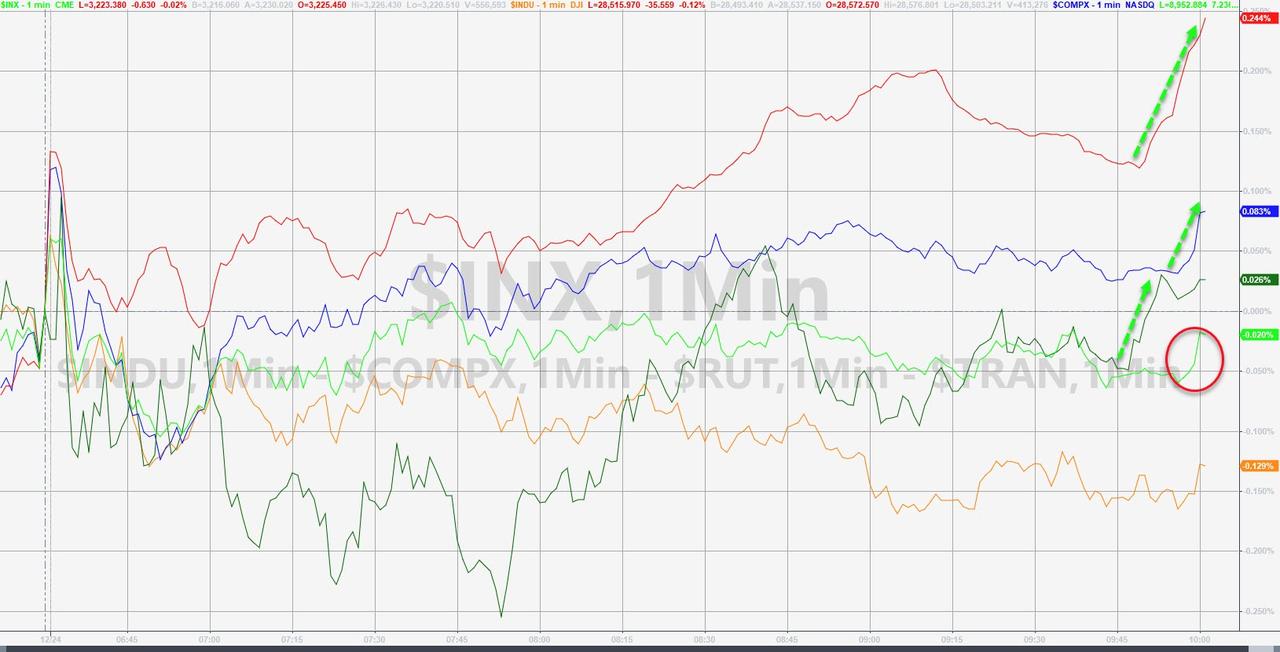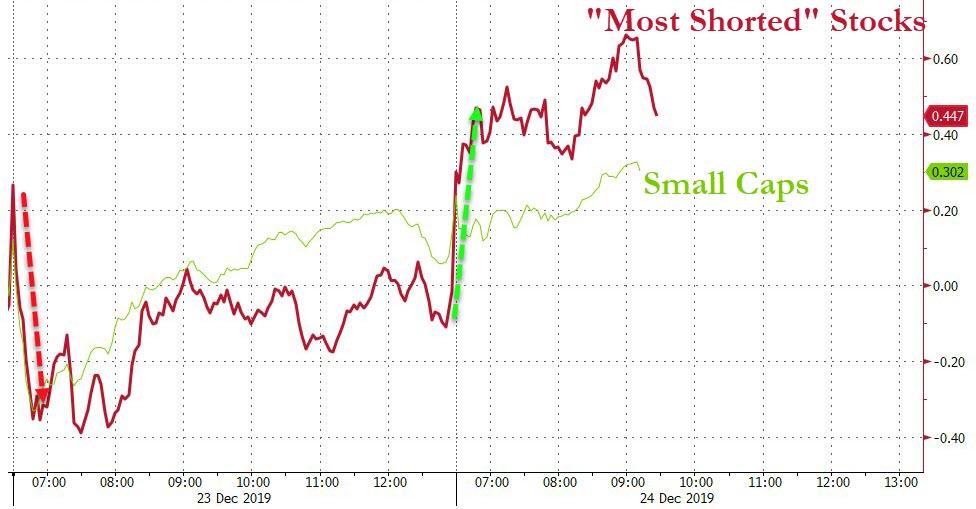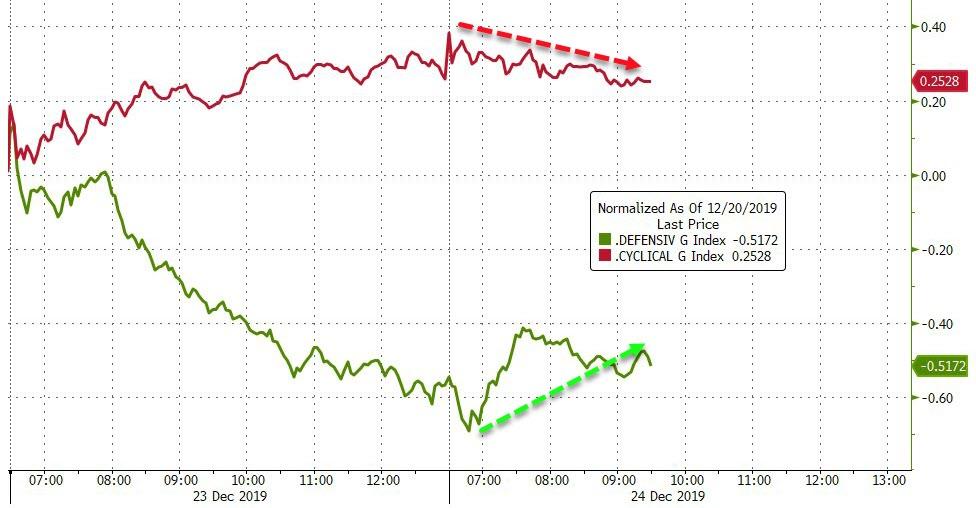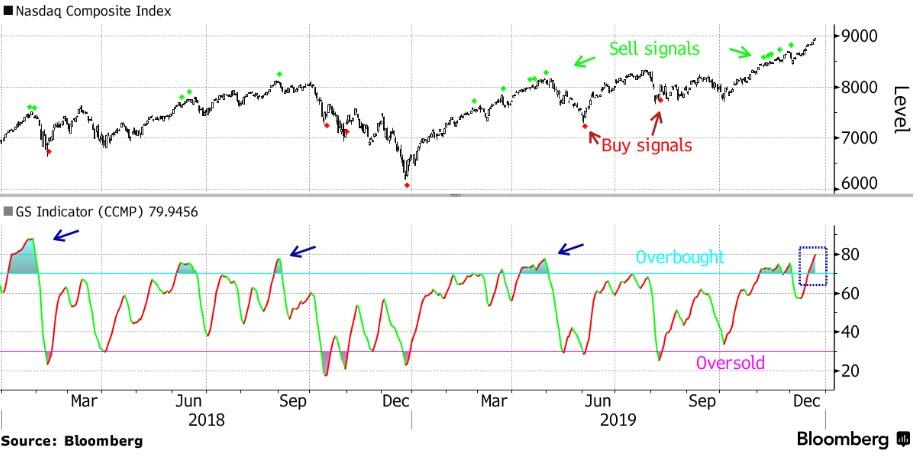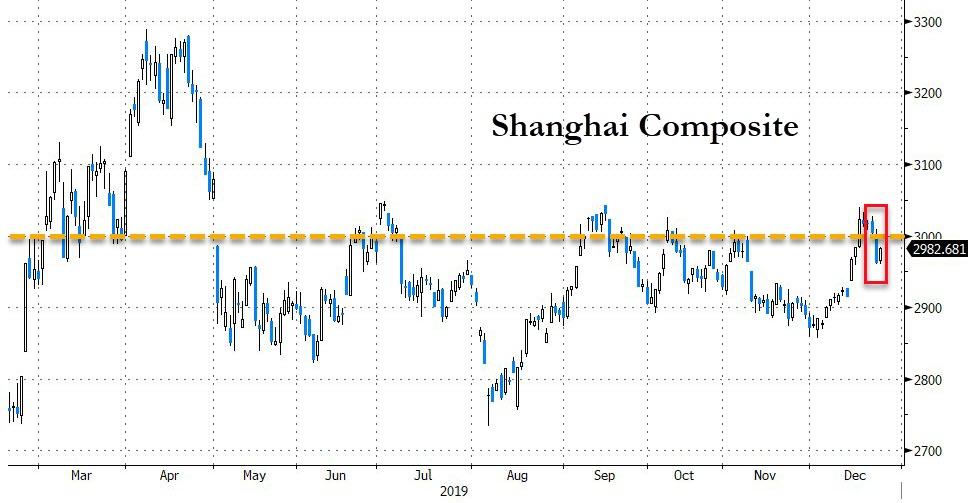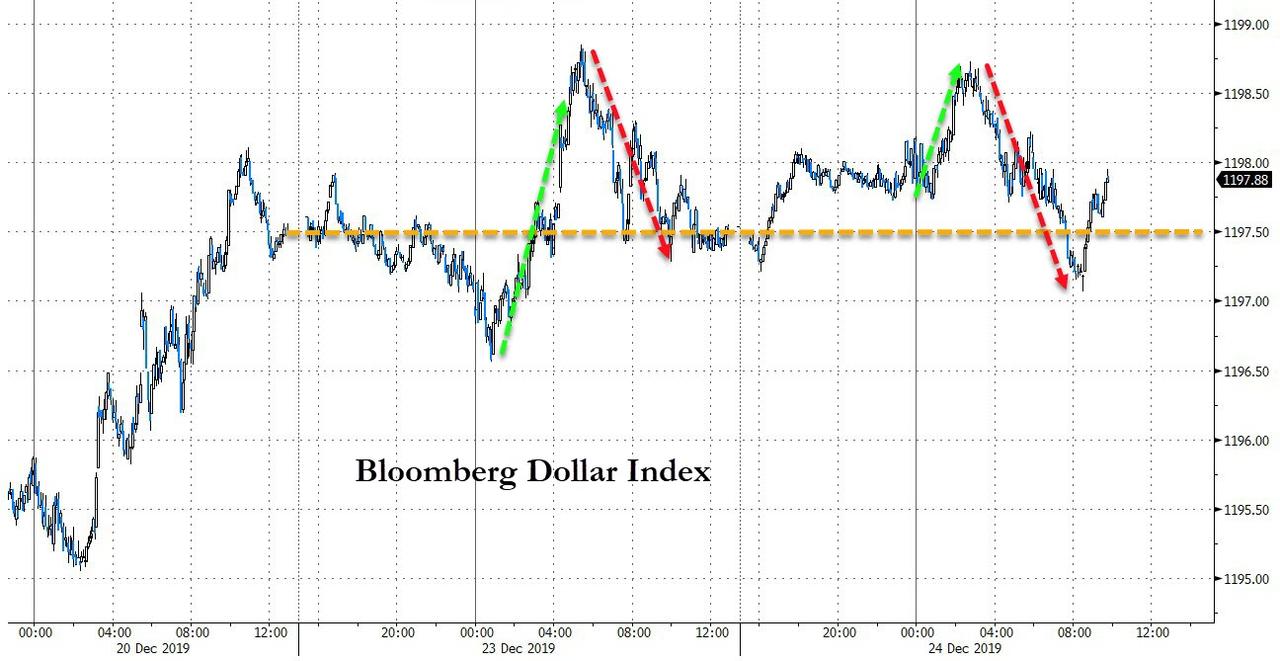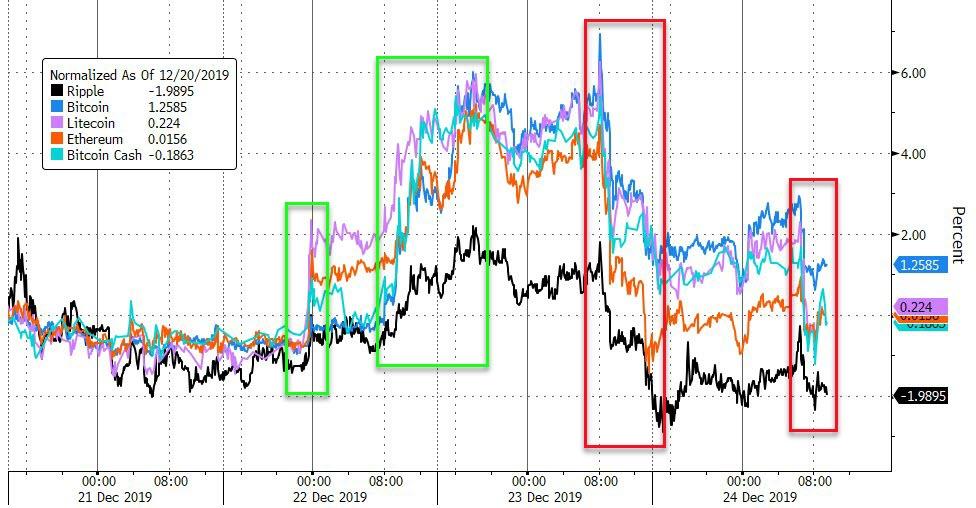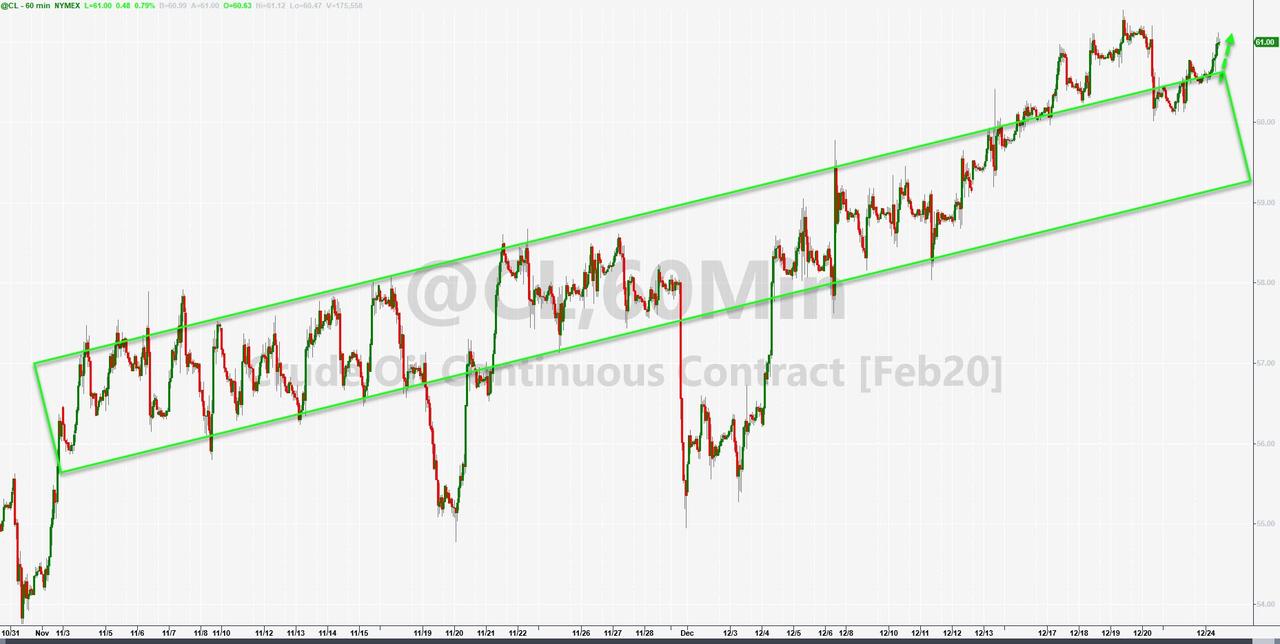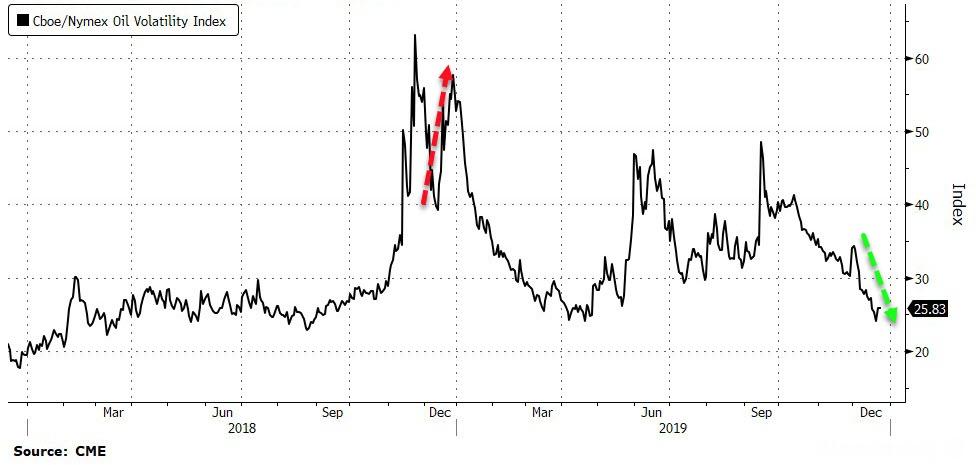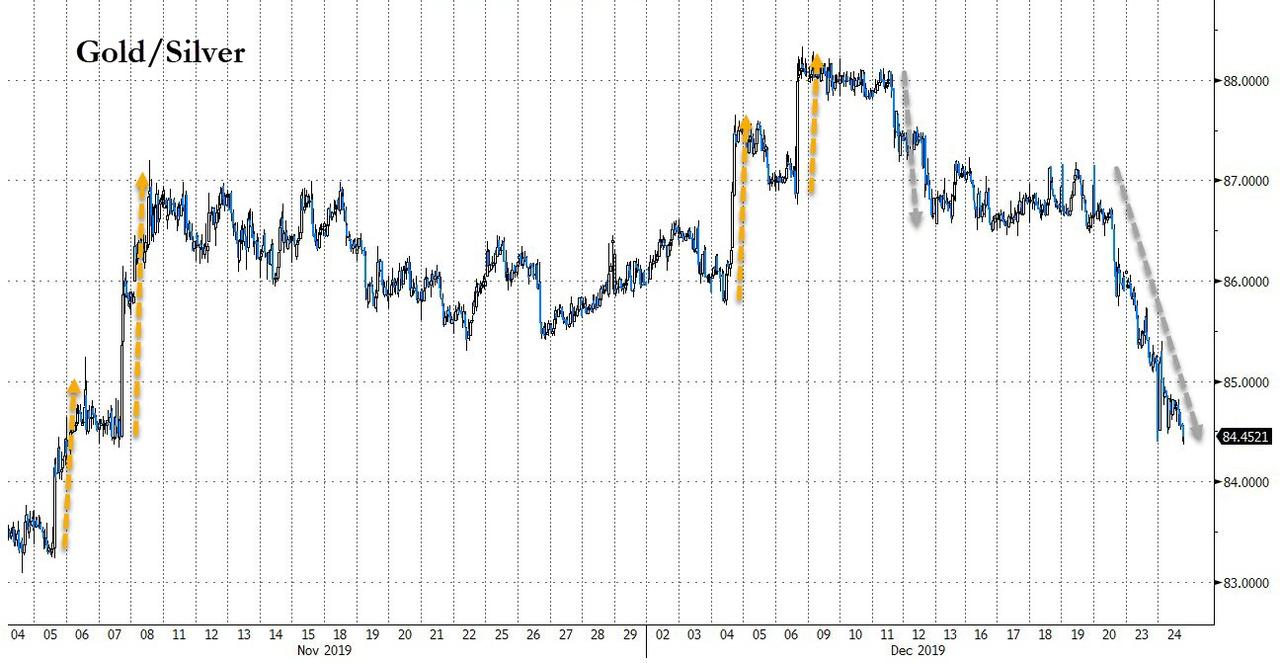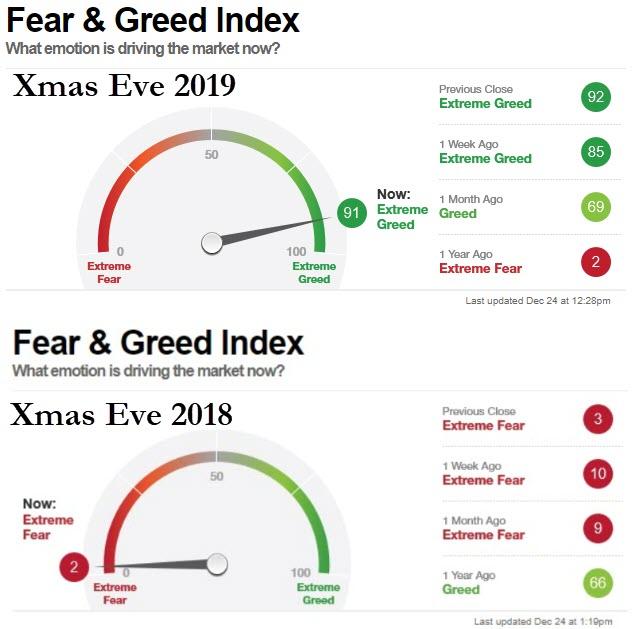“Let’s not teach our children that apocalyptic thinking is right thinking,” says Laurence Siegel. Apocalypticism “has always been wrong as a forecast, and it will continue to be wrong.”
Siegel is a business consultant and the director of research at the CFA Institute Research Foundation. In Fewer, Richer, Greener, he argues convincingly that humanity has spent two centuries rising from our natural state of abject poverty, and that most of the credit for that goes market institutions and democracy. Parsing current trends, Siegel foresees world population peaking and then stabilizing by the end of this century. (Hence the “fewer.”) He argues that economic growth will bring humanity much greater wealth and more adept technologies. (Hence the “richer.”) And thanks to increased urbanization and steadily improving material efficiency, he thinks our species will tred more lightly on many natural ecosystems. (Hence the “greener.”)
Let’s take a closer look at each of those three forecasts.
“High death rates are the cause of high birth rates,” explains Siegel. World population grew very slowly in the Malthusian past because, although people had lots of babies, more than half of them died before reaching adulthood. Modern sanitation and medicine and greater supplies of food meant falling death rates; that combined with still-high birth rates to produce a population explosion, with the number of people in the world rising from 1 billion in 1800 to 7.7 billion now.
The global total fertility rate—that is, the number of children each woman is likely to bear over her lifetime—has fallen from around 5 in 1960 to 2.42 now. The United Nations forecasts that world’s total fertility rate will eventually fall below the conventionally defined replacement rate of 2.1 children per woman; the U.N. says population will then stabilize around 11 billion, and Siegel basically agrees.
So humanity is demographically transitioning from its natural state of high birth and high death rates to a more recent stage of high birth and low death rates to the low birth and low death rates seen in much of the world now. About half of the world’s population currently lives in countries with below replacement fertility. The U.S.’s total fertility rate, for example, has dropped to a record low of 1.73 children per woman.
Why are more people around the world having fewer children? Incentives, explains Siegel. Rearing children in modern societies costs a lot, both in money and in foregone opportunities and pleasures. Given that about 99 percent of kids born in countries like the U.S. will make it to age 20, parents are choosing to spend more resources on fewer children, who will thereby be more likely to enjoy successful lives. “To put it just a little too crassly, in wealthy societies and increasingly in less wealthy ones, children have become a cost center (some would even say a luxury good), not a profit center,” Siegel observes.
Siegel’s projections of future population growth may in fact be excessively high. In a 2018 study, demographer Wolfgang Lutz and his colleagues at the International Institute for Applied Systems Analysis offer an alternative scenario projecting rapid economic growth, rising levels of educational attainment for both sexes, and technological advancement—all factors that tend to lower fertility. They expect that world population could peak at about 8.9 billion by 2060 and then decline to 7.8 billion by the end of the century.
In any case, these trends mean that there will be many more old people in the future. Having worked most of his life in finance, Siegel offers some good advice how to prepare for retirement. He recommends that one “save a predetermined percentage of one’s income escalating over time, until enough money has been accumulated to replace (when Social Security benefits are also included) 70% of the pay rate one has been earning just before retirement.” At retirement he suggests using 15 percent of your savings to buy a deferred life annuity that kicks in at age 85, thus making sure that you still have income once you’ve spent down your savings.
As world population exploded, so too did economic growth, resulting in what the University of Illinois at Chicago economist Deirdre McCloskey calls the Great Enrichment. Siegel cites urbanist Jane Jacobs’ trenchant observation: “Poverty has no causes. Only prosperity has causes.”
The economic historian Angus Maddison calculated that global per capita income in 1 A.D. was $467 per year (in 1990 dollars). By 1820, global per capita income had risen to nearly $1,200 per year. Over the next two centuries, per capita GDP in current U.S. dollars rose to $11,300—or, taking purchasing power into account, to nearly $18,000 per person.
Income, of course, is not equally distributed across the world. Some places—Somalia, Niger, Malawi—are sadly stuck in Malthusian traps where per capita incomes are still below that global average from 1 A.D. The good news is that economic growth has taken off in many poor countries in recent decades, so their incomes are rising to converge with those of already developed nations. Inequality between countries is falling, and the global rate of abject poverty (people living on less than $1.90 per day) has fallen from 42 in 1981 to 8.6 percent in 2018. By one measure, half of the world’s population is now middle-class or wealthier.
Siegel provides reams of solid data for similarly heartening global trends. Crop productivity, food availability, life expectancy, and education are increasing; violence is in decline.
So that explains fewer and richer. But is Siegel right that the world will be greener?
Economists have identified an inverted U-shaped relationship—the environmental Kuznets curve—in which environmental conditions initially deteriorate as economic growth takes off, then improve when citizens with rising incomes demand better environmental amenities. For example, research has found that rising incomes eventually lead to falling air and water pollution and the expansion of forests. Generally speaking, richer is cleaner.
These curves do not peak and turn downward by themselves. They do so with a mixture of private and government action, with the details differing from one country to another. In the U.S., the levels of six common air pollutants—soot, ozone, lead, carbon monoxide, nitrogen dioxide, and sulfur dioxide—have fallen by an average of 74 percent since 1970. Meanwhile, gross domestic product grew by 380 percent.
Siegel acknowledges that man-made climate change could pose significant problems for humanity as this century advances. But he notes that billions of relatively poor people face more immediate problems, including unsafe drinking water, uncertain food supplies, a dearth of educational opportunities, excessive local pollution, a lack of sanitation, and—importantly—no access to modern energy services. With respect to how best to prioritize between longer term environmental threats and fulfilling urgent needs, he writes, “There is no single answer. Economic growth will help—a lot.”
Siegel sees ecomodernism as the way forward to a greener world. “Intensifying many human activities—particularly farming, energy extraction, forestry, and settlement—so that they use less land and interfere less with the natural world is the key to decoupling human development from environmental impacts,” states An Ecomodernist Manifesto, a document written by 18 scientists and activists in 2015. “These socioeconomic and technological processes are central to economic modernization and environmental protection. Together they allow people to mitigate climate change, to spare nature, and to alleviate global poverty.”
Humanity may already be approaching peak farmland, as we grow ever more food on ever less land. Although Siegel doesn’t mention it, global tree cover has expanded between 1981 and 2016 by 7 percent. That’s a territory of about 865,000 square miles, more than three times the size of Texas.
In 1960, only one third of people lived in cities. This has now increased to 55 percent, making this the first time in history that more folks live in cities than in the countryside. By 2050, nearly 70 percent of people will be city dwellers. Compact cities are much more energy-efficient, in addition to providing people with much better access to economic opportunities, education, and medical care.
While energy efficiency and renewables will play significant roles in helping humanity to decouple from nature, Siegel is also clear-eyed about the need for greater supplies of energy to alleviate poverty through economic growth. His solution: modern nuclear power. “For most applications, nuclear power dominates both fossil fuels and renewables in almost every aspect: efficiency, safety, reliability, carbon neutrality, fuel abundance, and eventually, price,” he argues.
If we can maintain and spread the institutions—free markets, the rule of law, property rights, free speech, and democratic governance—that underpin the Great Enrichment, Siegel’s forecast of fewer, richer, and greener will come to pass.
“Life has improved tremendously in the last 250 years; this book argues that it will continue to improve in almost every dimension; health, wealth, longevity, nutrition, literacy, peace, freedom, and so forth,” he writes. “Without overlooking the many obstacles on the path of progress, my aim is to reinforce and help restore people’s faith in the future—and help them understand why optimism is amply justified.”
(Disclosure: Siegel quotes me in his book. Immodestly, I will note that my book The End of Doom: Environmental Renewal in the Twenty-First Century addresses many of these same issues and trends.)
from Latest – Reason.com https://ift.tt/34UOg7r
via IFTTT
